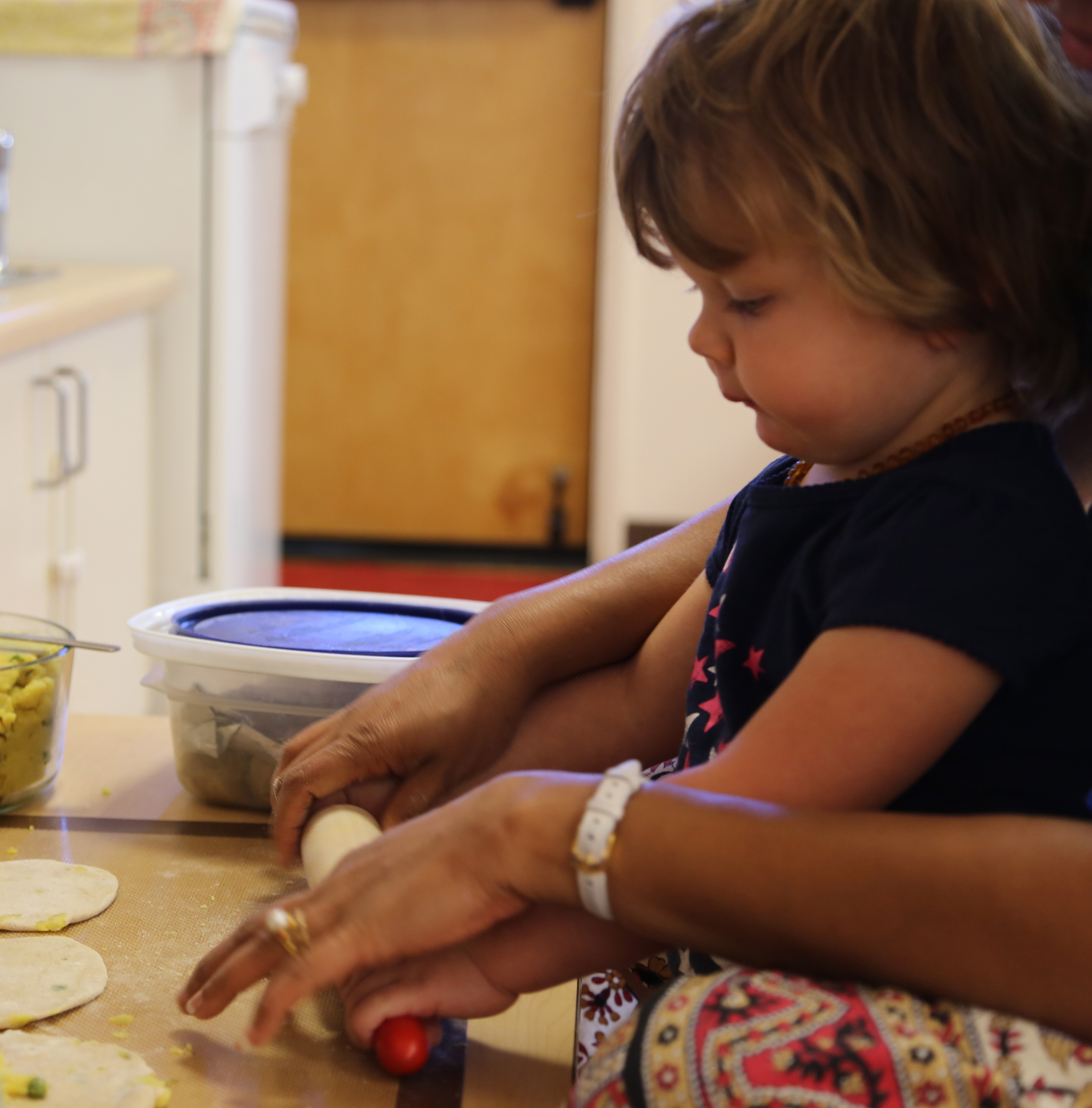(858) 759-0631
Build Better Bridges With Your Child Thru Compassion, Acknowledgement, and Questions
“All You Need is Love”…and a Lot of Listening
What’s the first thing you can do to build a happier home with your children? According to the Montessori Method, ‘listen.’
Let’s say it’s three thirty, the school’s out, you’re driving home with your daughter, the radio is on, the driver behind you just pulled an aggressive move, and your four-year-old exclaims, “I want French fries!”
Angered at the other car’s driver, you quickly snap, “No!”
Right on cue, your toddler points out the McDonald’s you’re passing on the right and gets agitated.
She yells, “But I want French fries—now!”
“Honey, stop!” you say. “Mommy and Daddy must attend an event tonight, and I’m serving early dinner.”
Welcome to World War III.
And, instead of a few fries, you get an order of screaming and tears. Plus, a continuing, louder conversation about your plans, what’s for dinner, and when and ”please be quiet, mommy’s driving!”
All this with one eye on the road, one eye on the radio dial, and the one behind your head starting to pound from the conflict.
What do you do? And what did you do wrong?
Steps to Building Bridges with Baby
It’s one thing to say ‘no’ to a child’s actions but something different to say ‘no’ to their feelings. A drive-thru French fry run might have been the easy—and permissive—the action of your child’s request. After all, you’ve got dinner prepped, which is right around the corner.
But denying their feelings runs deeper.
Instead of just saying ‘No!’ and enjoining an argument that is both draining and frustrating, child psychologists recommend a different strategy.
Pull the car over, shut it off, turn around and…listen fully.
Then, be empathetic to your child’s problem.
What have you done?
You’ve cooled the argument with a one-two strategy.
First, you’re hearing your child out. Then, you’re acknowledging her feelings and agreeing with her.
“Honey, I hear you. And I know how you feel,” you say.
Wow! Mommy understands. And more, she’s not telling me why I can’t have French fries because it’s too salty and she doesn’t have any money with her and needs to go to the bank, and we just drove by, and she had to turn around, and she’s got to get home and get dinner on and get dressed to leave with Daddy and…
Instead, your child may surprise you by calming down and reaching a solution that works for both of you.
Why?
Because you’ve given your child a voice and control over her life! Next, you say, “Sounds like you’re angry! It doesn’t seem fair.” And, bang, your child may be comforted knowing you heard her and acknowledged her feelings. You have engaged her cooperation, gotten her buy-in, and promoted her self-discipline. You have taken the conflict down a notch.
From here, you walk from the logical explanation of why we can’t get fries to the emotional one: “Honey, what would you like me to do?”
Therein begins the resolution of the conflict.
Just listen, acknowledge, let her express her feelings, and ask her opinion on the next steps. There’s much to be said for just using common sense and simply shifting our mentality by not being threatening or punitive.
Outgrowths of Resolving Arguments
When you realize that being open, empathetic, realistic, adaptable, observing, and non-judgmental with your child, you have discovered a Montessori Method tactic that works. As Maria Montessori wrote, if we treat our children as individuals and treat them with respect, they will astound us with their responses. First, they will have strong self-worth. Then, they will understand and learn to control their emotions positively.
Indeed, it is a more decisive outcome to focus on compassion and understanding rather than condemning your child’s defiance. After all, a slight change in our behavior as parents can create a significant change in theirs as children.
Blog Cateogry:
Featured Image:

